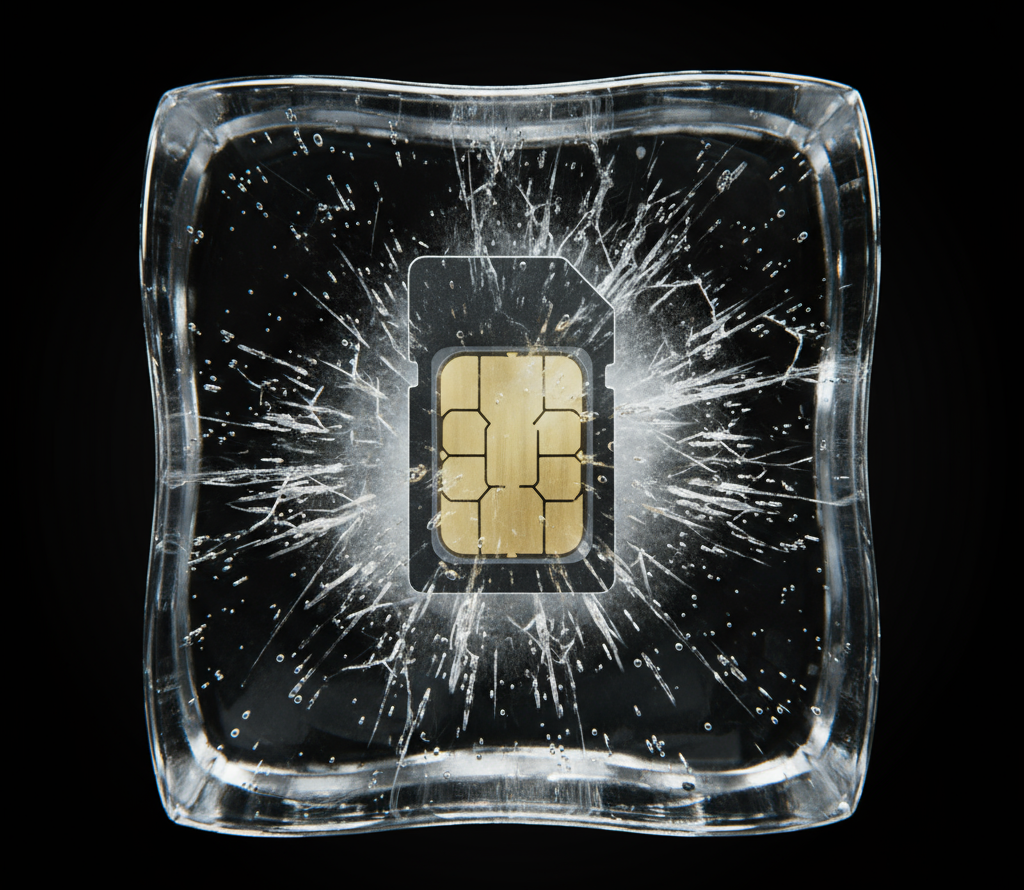The PowerSchool cyberattack stands out as one of the most concerning cases of student-led cyber intrusion in recent years. The attack exposed how easily motivated individuals can exploit weak authentication controls inside widely used academic management systems. The hacker, a college student with advanced technical skills, targeted PowerSchool’s database to gain unauthorized access to student and faculty data. Consequently, the breach disrupted essential school functions, causing widespread administrative confusion and reputational damage.
To carry out the intrusion, the attacker relied on basic yet effective tactics. He leveraged credential stuffing and social engineering to infiltrate administrative portals. Once inside, he tampered with attendance records and student grades. Because of lax internal monitoring, these manipulations went unnoticed for months. However, a routine system audit finally revealed abnormal data activity, triggering a full investigation.
From Curiosity to Criminality
At first, the hacker’s intent seemed trivial adjusting grades and altering attendance reports. Nevertheless, curiosity escalated into deliberate exploitation. After gaining deeper access, he exfiltrated private student information, including IDs and login credentials. This shift transformed what began as academic mischief into a full-scale cybercrime.
Investigators found that the attacker bypassed PowerSchool’s outdated authentication mechanism by exploiting a weak API validation process. Moreover, he deployed automated scripts to extract bulk data over several weeks. When questioned, the student admitted using common open-source penetration tools, proving how publicly available utilities can be repurposed for malicious intent. Therefore, the incident highlighted the critical need for schools to patch legacy vulnerabilities and apply continuous threat monitoring.
Legal Fallout and Federal Sentencing
Following a thorough investigation, law enforcement officials traced the breach to the student’s personal IP addresses and cloud-hosted environments. Federal prosecutors emphasized that this was not a harmless prank but a calculated cyber intrusion that endangered student privacy. The U.S. District Court sentenced the student to four years in prison under the Computer Fraud and Abuse Act. Additionally, he must repay affected institutions for forensic recovery and data restoration costs.
The sentencing reinforced the Department of Justice’s zero-tolerance stance on cyberattacks targeting educational infrastructure. Judges and cybersecurity experts alike agree that institutions must apply a “trust but verify” mindset. When security controls lag behind attack sophistication, even one insider can jeopardize thousands of records.
Systemic Weaknesses in Education Technology
Education platforms like PowerSchool have become indispensable, yet many operate under outdated security frameworks. Administrators often prioritize functionality over resilience. As a result, once an attacker gains entry, lateral movement within the system becomes alarmingly simple. To mitigate risk, experts advise immediate implementation of multi-factor authentication and centralized logging systems.
Cybersecurity specialists stress that protecting education networks requires more than software updates. Schools must embrace a proactive defense culture. They need to perform regular vulnerability assessments, enforce least-privilege policies, and train staff to recognize phishing attempts. Furthermore, collaboration between IT departments and external security consultants ensures that security patches and audit practices remain current.
Rebuilding Trust and Strengthening Digital Hygiene
After the attack, several affected schools conducted third-party forensic audits to identify data exposure depth. Through this process, administrators realized that most breaches stemmed from weak password policies and overlooked access logs. Consequently, many institutions adopted zero-trust frameworks, enforcing mandatory encryption and stricter network segmentation.
PowerSchool responded swiftly by overhauling its security posture. The company introduced advanced monitoring, automated threat detection, and additional layers of encryption for sensitive datasets. In parallel, school IT teams began implementing user-behavior analytics to detect anomalies early.
[Insert Screenshot Here]
Why Education Systems Remain Prime Targets
Educational networks remain attractive to hackers due to the vast quantity of personal and financial data stored within them. These databases often contain years of unprotected records, making them valuable for identity theft, extortion, and unauthorized resale on dark web forums. Threat actors also view schools as soft targets because of their outdated infrastructure and limited budgets for cybersecurity.
However, the PowerSchool incident serves as an important reminder that a single motivated attacker can expose systemic weaknesses. Therefore, schools, colleges, and vendors must integrate real-time threat intelligence sharing and continuous penetration testing. In doing so, they reduce the likelihood of catastrophic breaches.
The PowerSchool cyberattack demonstrates that the human element often remains the weakest link in security. With affordable exploit kits and detailed tutorials easily accessible online, attacks on education systems will continue unless institutions adopt proactive defense measures. Strong authentication, continuous monitoring, and comprehensive security training must become standard practice across all academic networks.
Cyber resilience in the education sector depends not only on advanced technology but also on consistent vigilance. Administrators, faculty, and IT professionals must work collectively to safeguard digital learning environments. In short, the PowerSchool breach serves as a cautionary tale and an opportunity for schools everywhere to rebuild security with purpose and precision.
FAQs
1. What is PowerSchool?
PowerSchool is a cloud-based education management system used by schools to manage attendance, grades, and student information securely.
2. How did the attacker gain access?
Authorities reported that the intruder leveraged weak passwords and exploited credential reuse vulnerabilities, enabling access to administrative portals.
3. What lessons can institutions learn?
Implementing multi-factor authentication, performing regular audits, and ensuring employee awareness are key to mitigating similar threats.
4. Were PowerSchool’s main servers compromised?
According to PowerSchool, the breach primarily affected locally deployed instances, not its primary cloud infrastructure.
5. What penalties did the attacker face?
The student received four years in federal prison and restitution obligations under the Computer Fraud and Abuse Act (CFAA).











One thought on “Four-Year Sentence for Student Behind PowerSchool Data Breach”